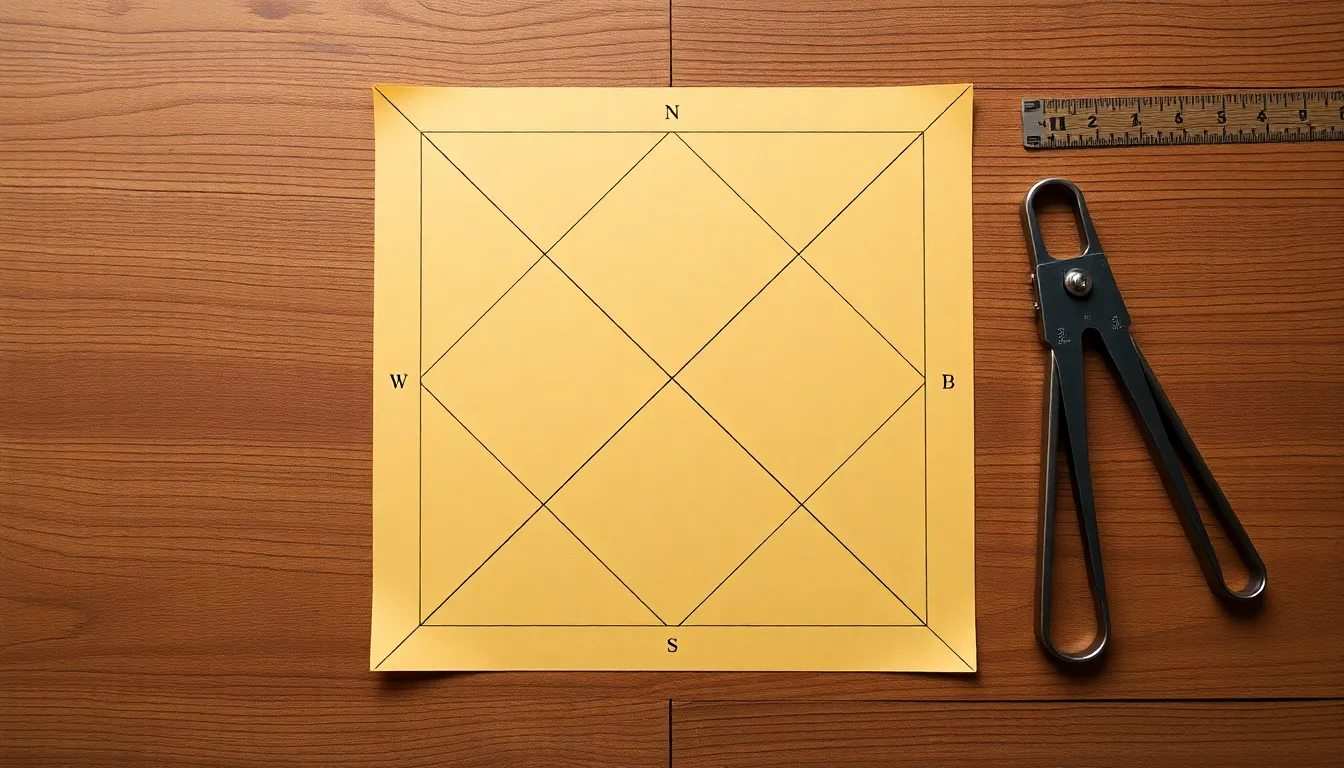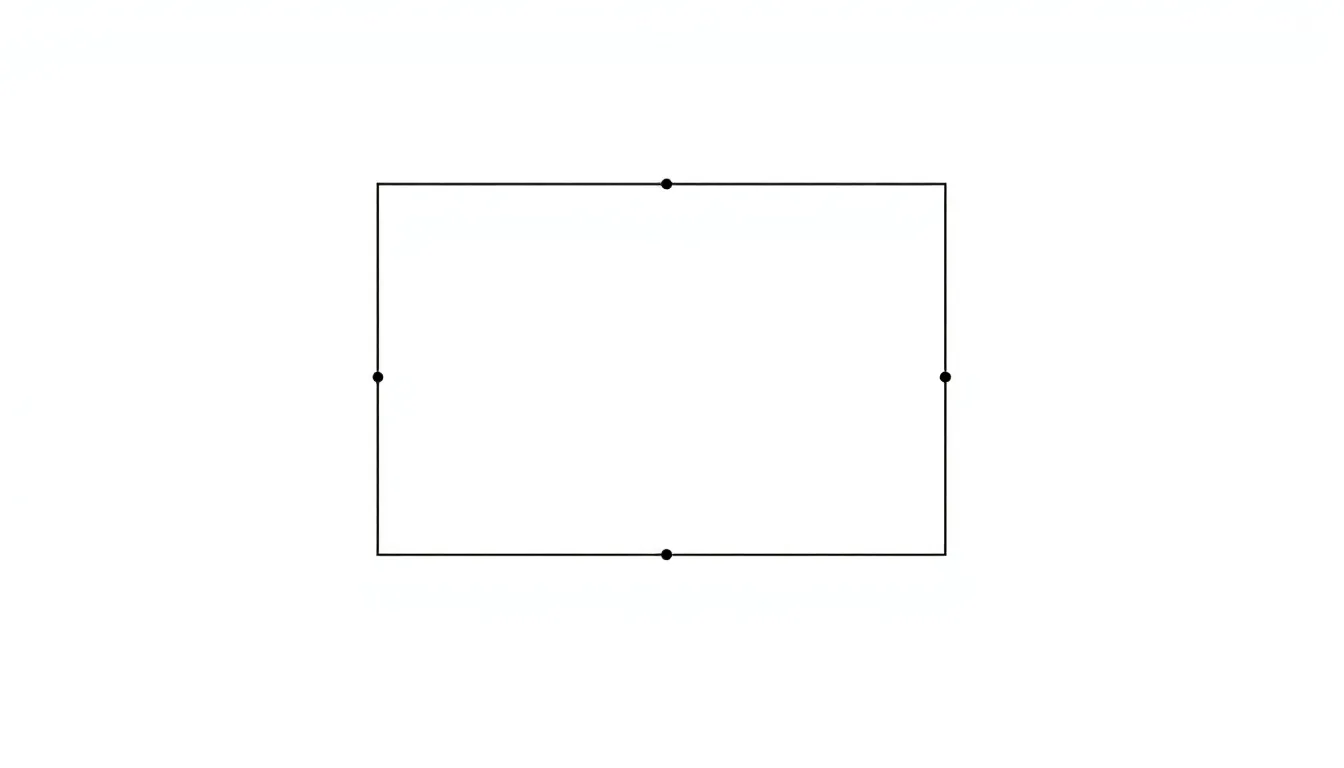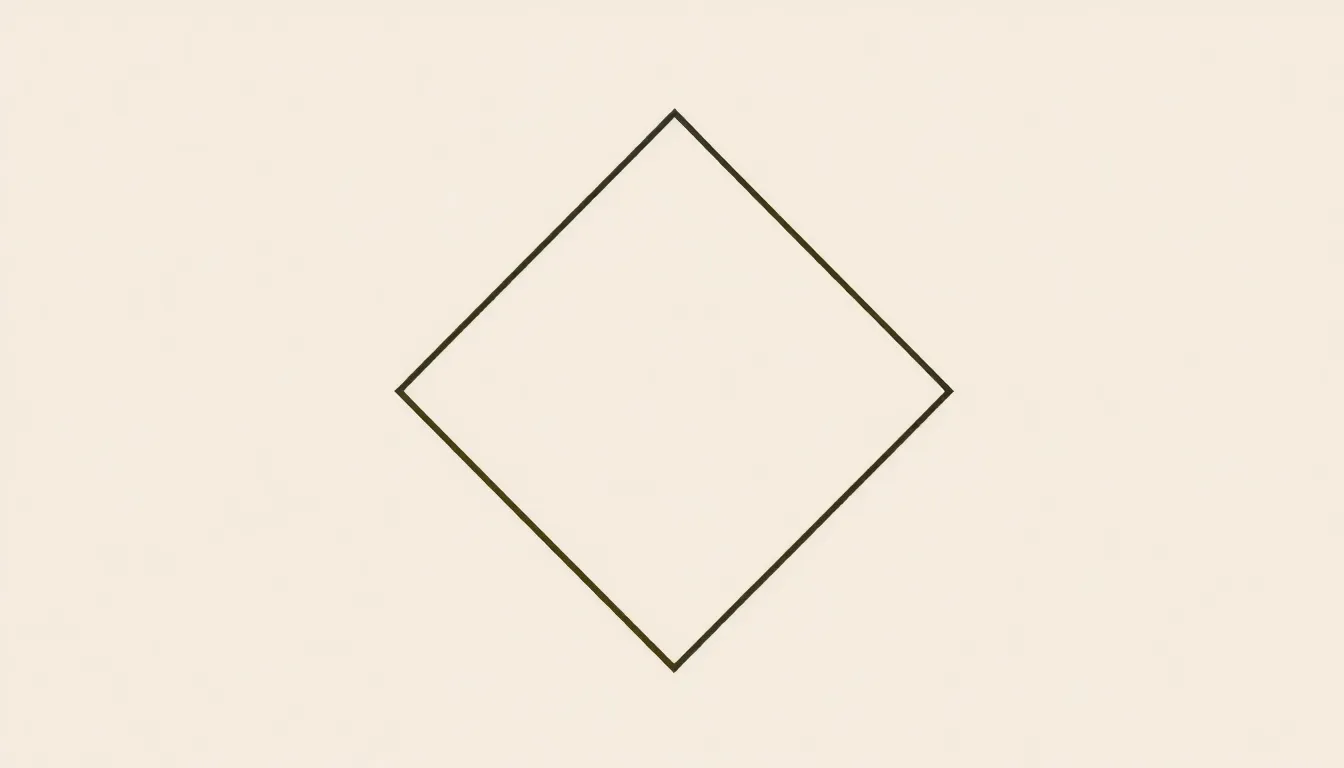When it comes to geometry, the rhombus is the unsung hero of the shape world. With its dazzling diamond-like appearance, it’s not just a pretty face; it’s got some serious math chops too. But how do you unlock the secrets of its area? Fear not, aspiring mathematicians! Finding the area of a rhombus is easier than trying to explain why cats think they own the place.
Table of Contents
ToggleUnderstanding the Rhombus
A rhombus features equal-length sides and unique angles, making it a distinct quadrilateral. This section delves into its definition and properties.
Definition of a Rhombus
A rhombus defines a four-sided polygon or quadrilateral with all sides equal in length. Opposite angles share equal measures, and adjacent angles are supplementary, meaning they add up to 180 degrees. This geometric shape resembles a diamond or a tilted square, highlighting its aesthetic appeal and mathematical significance. The symmetry of a rhombus adds to its unique character, making it relevant in both theoretical and applied mathematics.
Properties of a Rhombus
Several important properties characterize a rhombus. Each pair of opposite angles remains equal, while adjacent angles remain supplementary. The diagonals bisect each other at right angles, dividing the rhombus into four right triangles. Furthermore, the diagonals serve as axes of symmetry, showcasing the figure’s balanced nature. The area of a rhombus can be calculated using its diagonals or base and height, emphasizing its versatility in geometric calculations. These properties strengthen the rhombus’s importance in various mathematical contexts.
Formula for Area of Rhombus


The area of a rhombus can be calculated using different approaches. Two common methods involve using its diagonals or the base and height.
Area Formula Explanation
The area of a rhombus equals half the product of its diagonals. This means if (d_1) represents one diagonal and (d_2) represents the other, the formula appears as:
[ text{Area} = frac{1}{2} times d_1 times d_2 ]
This formula highlights the importance of the diagonals, which intersect at right angles and divide the rhombus into four right triangles.
Different Methods to Find Area
In addition to the diagonal method, calculating the area using base and height remains effective. The formula in this case is:
[ text{Area} = text{base} times text{height} ]
Here, the base represents any side of the rhombus, while the height denotes the perpendicular distance from the base to the opposite side. Each method offers flexibility in determining the area, catering to varying geometric needs.
Step-by-Step Guide to Finding Area of Rhombus
Finding the area of a rhombus involves straightforward methods based on its unique properties. Two primary methods simplify the calculation, allowing for versatility in approach.
Method 1: Using Base and Height
Calculating area using base and height requires knowing any side of the rhombus as the base. The height represents the perpendicular distance from the chosen base to the opposite side. The formula for area in this method is Area = base × height. This method suits scenarios where height is easily measured. For example, if the base is 5 units and the height is 3 units, the area totals 15 square units.
Method 2: Using Diagonals
When employing diagonals, both diagonal lengths are essential. Diagonals intersect at right angles, forming four Right triangles. The area formula for this method is Area = (1/2) × d₁ × d₂, where d₁ and d₂ are the lengths of the diagonals. For instance, with diagonal lengths of 6 units and 8 units, the area calculates to 24 square units. This approach is particularly useful when measuring diagonals proves more accessible.
Common Mistakes to Avoid
Calculating the area of a rhombus often leads to errors if certain principles are overlooked. Failing to correctly identify the diagonals causes mistakes in area calculations. It’s crucial to remember that the diagonals intersect at right angles, impacting the product used in the formula.
Using measurements without verifying their accuracy results in incorrect values. Each diagonal must be measured carefully, as even a slight error can significantly affect the calculated area. Additionally, assuming that all angles in a rhombus are right angles leads to inaccuracies; opposite angles are equal, but adjacent angles are not.
Misunderstanding the relationship between the base and height also creates confusion. The height must be perpendicular to the base; measuring it at an angle generates incorrect area calculations. It’s essential to visualize the rhombus shape when identifying these dimensions.
If one decides to use the base and height method, neglecting to utilize the correct formula can lead to mistakes. The formula Area = base × height requires both values to be length measurements of the rhombus. Substituting incorrect values from other shapes or contexts results in erroneous outcomes.
Lastly, disregarding the units can cause significant issues. Calculated areas should always include square units, reflecting the two-dimensional nature of the shape. Omitting these units may cause miscommunication of results in practical applications.
Recognizing these common mistakes ensures precision when determining the area of a rhombus. By adhering to the established formulas and meticulously measuring dimensions, accuracy in calculations improves significantly.







